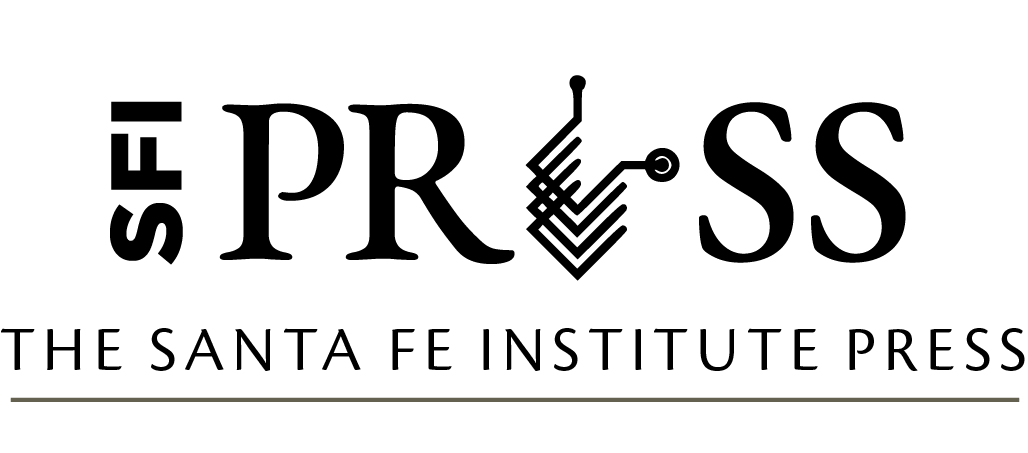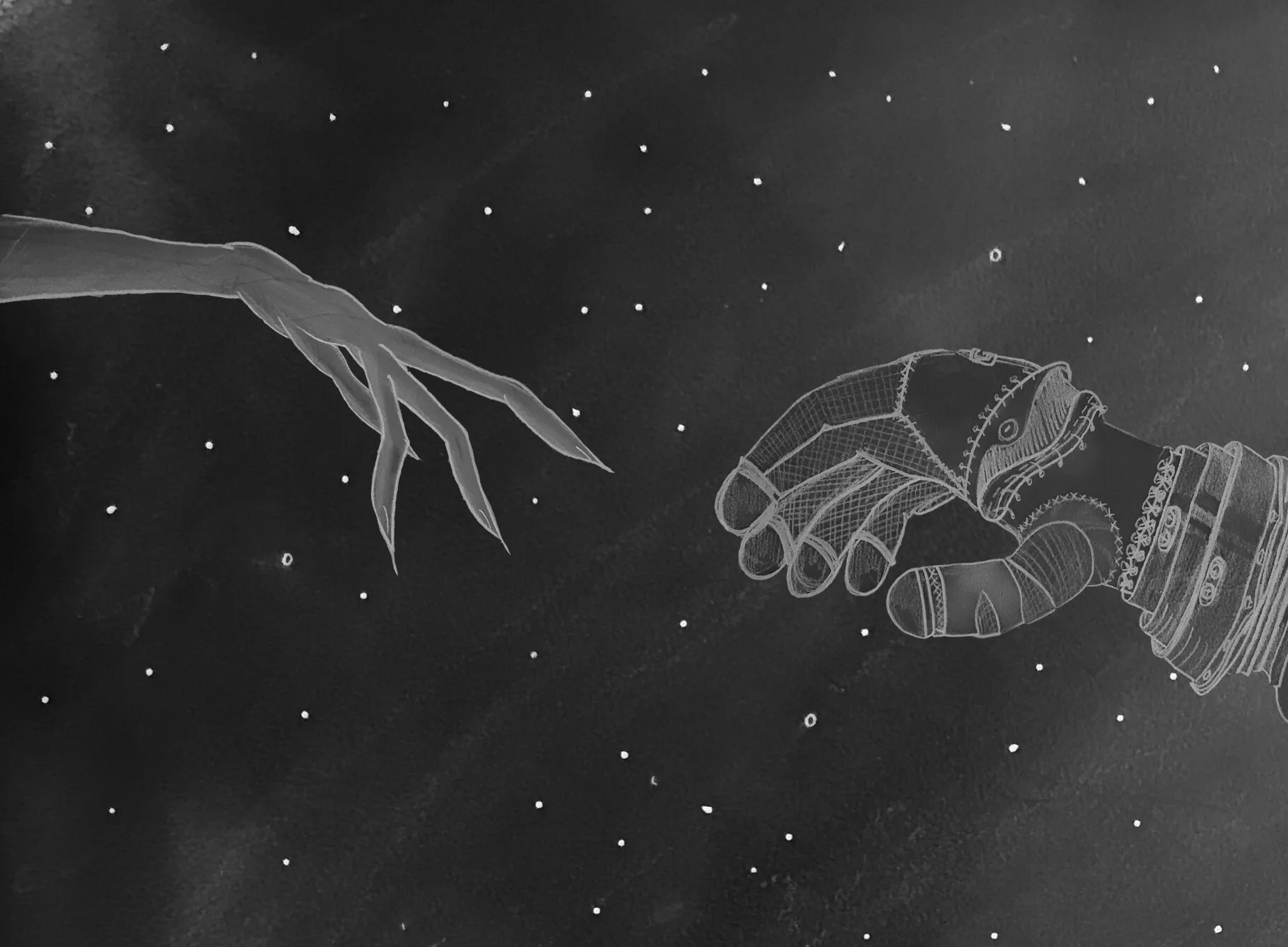New Book: Agent Based Modeling for Archaeology
Book: Agent-Based Modeling for Archaeology: Simulating the Complexity of Societies
Written by Iza Romanowska, Colin D. Wren, and Stefani A. Crabtree
$10.99 (Paperback); free PDF
Publisher and imprint: The SFI Press Scholar Series
442 pages
Paperback ISBN: 978-1947864252
Publication Date: July 30, 2021
Available on Amazon.com
The more we learn about the past, the more we come to understand that ancient societies share some striking similarities to our own. From the first waves of migration out of Africa to the Ancestral Pueblo, the peoples of the past created art, migrated to new lands, fought wars, raised families, and exploited natural resources for housing, food, and tools — just like we do. With the help of a powerful computational tool called agent-based modeling, archaeologists can discover new frontiers of knowledge that help us better understand not only the past but also today’s world, a new book from SFI Press suggests.
The beautifully designed tome, intended as a textbook for archaeologists with little or no experience with the technique, explains what agent-based modeling is — “a type of computer simulation that enables investigation of complex phenomena from the bottom up” — and how readers can make the most of the tool in clear prose. Archaeologists of all specialties will appreciate the examples of agent-based models that are helping to answer some of the field’s biggest archaeological questions. The authors explore how the tool can help decode why some societies thrive while others collapse, for example, and unearth previously hidden migration patterns.
The book is the brainchild of Iza Romanowska, a fellow at the Aarhus Institute of Advanced Studies, Colin Wren of the University of Colorado — Colorado Springs, and Stefani Crabtree, ASU-SFI Biosocial Complex Systems Fellow. While agent-based modeling is a commonly used technique in ecology, it's more niche in archaeology, Crabtree says. Her hope is that the textbook, Agent-Based Modeling for Archaeology: Simulating the Complexity of Societies, will provide the guidance and inspiration archaeologists need to apply the tool in their own work.
“This technology is a couple decades old, but I think there was a need for a textbook to teach people how to do this,” says Crabtree, who along with her co-authors teaches workshops on the technique. And the need for the tool has never been greater, she adds.
“By using the past as a calibration dataset, we can better understand where we are today, and where we are going,” the authors write in the book. “The past is a powerful tool for examining how individuals and groups react in a plethora of different situations. In this way, it can be seen as a set of already conducted ‘experiments,’ which show us the optimal solutions to the challenges societies face. These experiments are all we have to go on as we attempt to predict the trajectory of our future.”
This article originally appeared on santafe.edu/news


